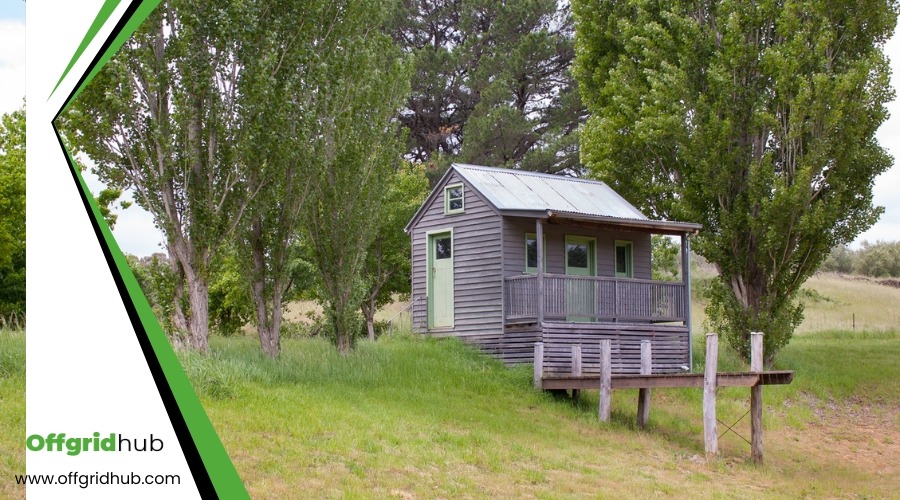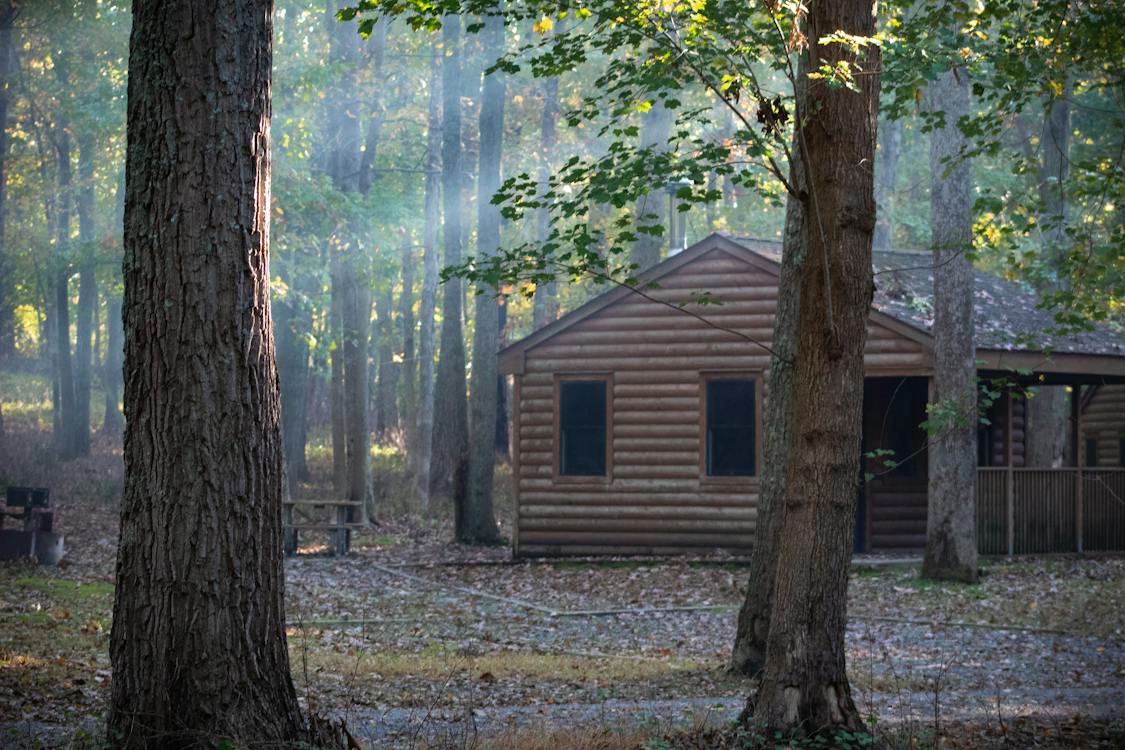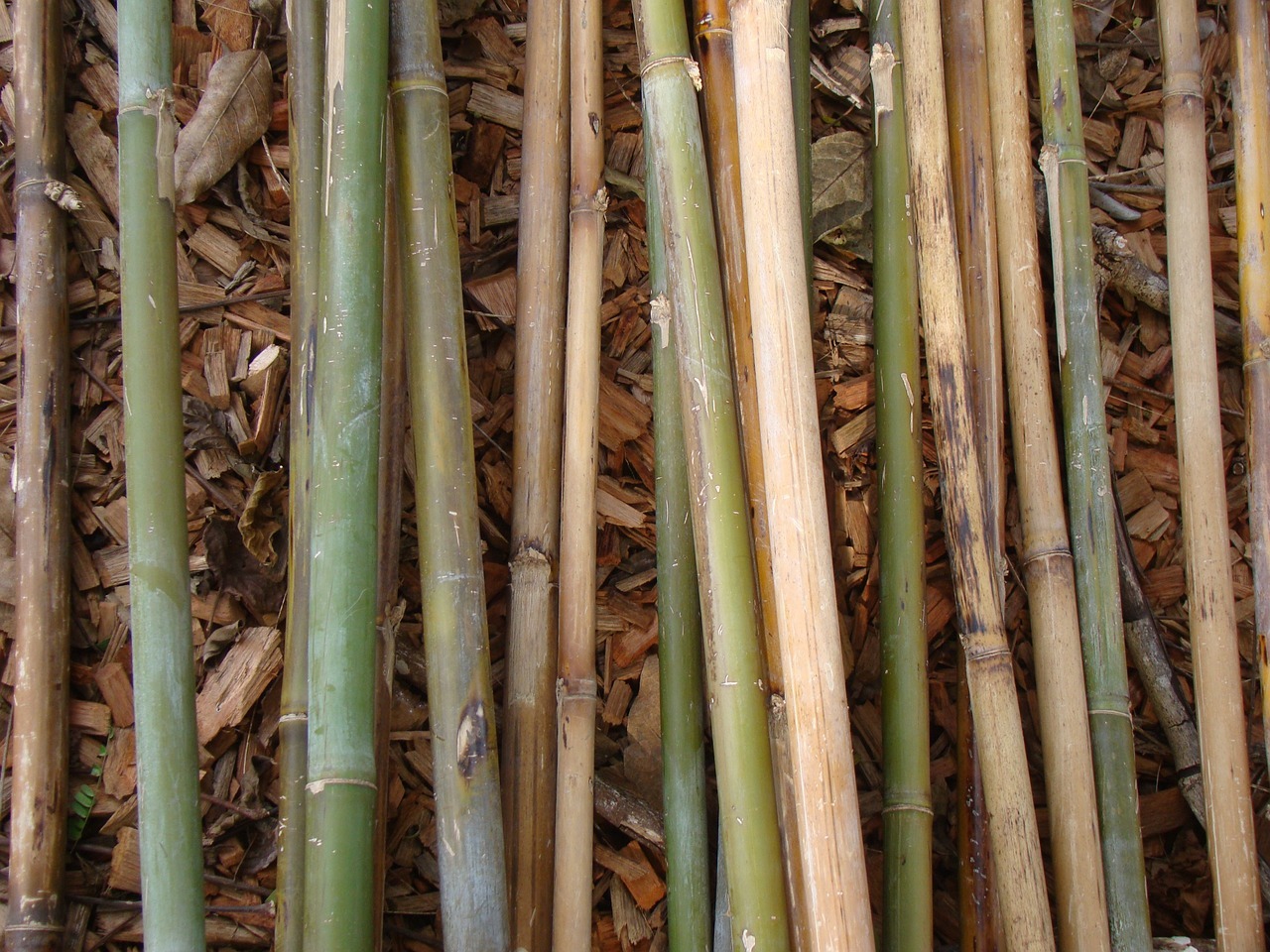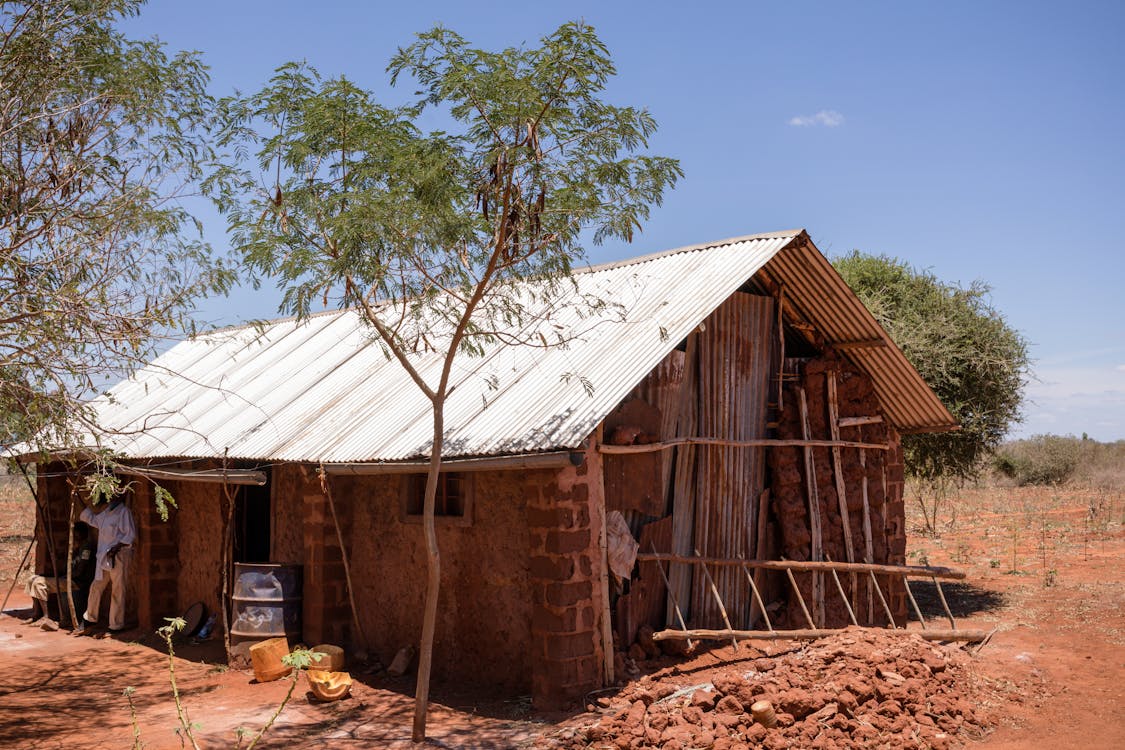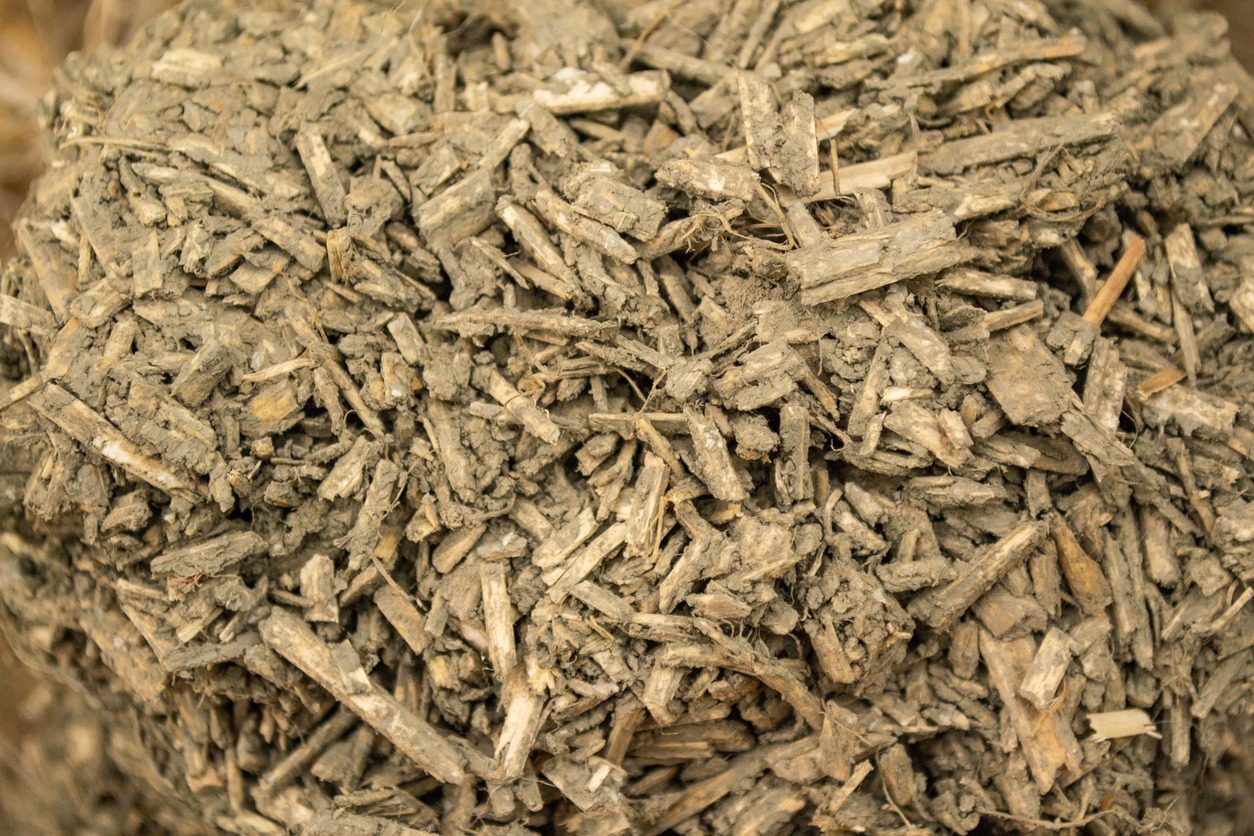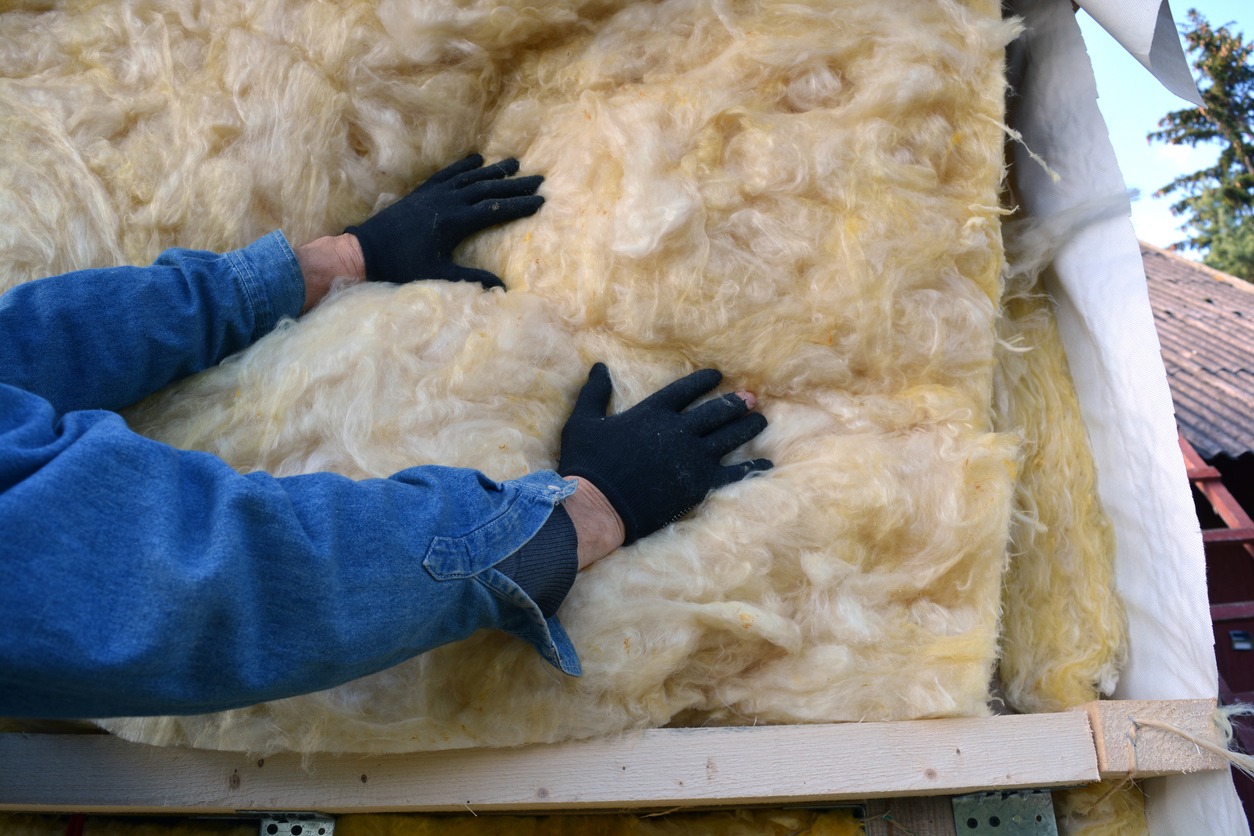As you stand at the crossroads of building your dream tiny home, consider the path less traveled by opting for sustainable materials. Reclaimed wood, bamboo, and cob aren’t just buzzwords; they’re the keystones for constructing a home that’s as kind to the planet as it is to your aesthetic and budget.
Each material offers unique benefits, from the rustic charm and environmental friendliness of reclaimed wood to the rapid renewability and strength of bamboo, and the natural, earthy feel of cob. But how do you decide which is the best fit for your project?
Let’s explore the pros and cons, ensuring your tiny home stands not just on solid ground, but on principles that mirror your eco-conscious values.
Reclaimed Wood Benefits
Opting for reclaimed wood in your tiny home construction not only slashes waste from the lumber industry but also cuts down on costs. This eco-friendly choice is a cornerstone of sustainable living, allowing you to repurpose materials that would otherwise end up in landfills. By integrating reclaimed wood into your tiny home, you’re contributing to a greener lifestyle, all while adding a unique and rustic ambiance that can’t be replicated with new lumber.
Reclaimed wood isn’t just about the aesthetic; it’s a practical, cost-effective solution for your construction needs. Sourced from low waste or buy nothing forums, it’s often available at a lower cost than traditional lumber. This makes your tiny home project more affordable, without compromising on quality or durability. Moreover, the character and history embedded in each piece of reclaimed wood ensure your tiny home has a one-of-a-kind look, setting it apart from others.
Choosing reclaimed wood for your tiny home construction embodies the essence of repurposing materials, underscoring your commitment to eco-friendly and sustainable living practices. It’s a decision that benefits both the environment and your wallet, while imbuing your space with a warm, rustic charm.
Bamboo: A Versatile Choice
Bamboo stands out as a highly versatile and sustainable material for tiny home construction. Growing rapidly, bamboo reduces resource overconsumption and offers eco-friendly and cost-effective benefits. This makes it a prime choice for those looking to build a tiny home with a minimal environmental footprint.
Here’s why you should consider bamboo for your project:
- Versatility in Use: Bamboo’s strength and flexibility allow it to be used for both cosmetic and structural purposes. Whether you’re constructing the frame of your tiny home or adding unique interior touches, bamboo can meet your needs.
- Rapid Growth: Unlike traditional woods that can take decades to mature, bamboo grows quickly, ensuring a sustainable supply without the overconsumption of resources.
- Minimal Space for Cultivation: Bamboo requires significantly less space to grow compared to trees, making it an ideal choice for sustainable farming practices.
- Unique Living Features: Utilize bamboo for creating living fences or partitions within your tiny home, adding a personal and eco-friendly touch that’s both practical and cost-effective.
Choosing bamboo for your tiny home not only promotes sustainability but also reduces your environmental impact, making it a smart choice for eco-conscious builders.
Cob Construction Advantages
Cob construction offers a unique and sustainable approach to building your tiny home, utilizing readily available natural materials like clay, straw, sand, and water. This method not only gives your space a homemade feel but also allows for a creative touch that’s hard to replicate with conventional materials. You’re not just building a house; you’re crafting an eco-friendly sanctuary that stands out.
One of the standout advantages of cob construction is its versatility. Whether you’re molding bricks or shaping insulation for your tiny home, cob’s natural composition lends itself to a variety of projects. It’s especially ideal for DIY enthusiasts keen on adding personal planters or small, unique features to their living space.
Moreover, cob’s thermal mass properties are a game-changer for maintaining comfortable interior temperatures. This material absorbs heat during the day and releases it slowly at night, reducing the need for mechanical heating and cooling. This not only makes your tiny home more comfortable but also significantly cuts down on energy costs.
Choosing cob construction is both a cost-effective and eco-friendly decision. It’s a natural building material that brings a sense of warmth and sustainability to your tiny home project, aligning with a lifestyle that values environmental responsibility and personal creativity.
Ecobricks: Repurposing Plastic
After exploring the natural charm of cob construction, let’s shift our focus to another innovative solution: ecobricks, which turn plastic waste into a resource for building. As the Tiny House Movement gains momentum, finding sustainable and cost-effective materials is paramount. Ecobricks provide an ingenious solution by repurposing plastic waste into building blocks for construction, including tiny homes.
Here’s why ecobricks are gaining popularity:
- Environmental Impact: They help divert plastic from landfills, significantly reducing the environmental footprint of your tiny home.
- Building Material: Ecobricks can be used as sturdy building blocks, offering a unique and eco-friendly alternative to traditional construction materials.
- Insulation: These bricks also serve as excellent insulation, keeping your tiny home warm in winter and cool in summer.
- Cost-Effective: Utilizing ecobricks isn’t only good for the planet but also for your wallet, making them a practical choice for those adhering to the Tiny House Movement principles.
Shipping Container Innovations
Shipping container innovations are revolutionizing the way we think about tiny home construction, offering a sustainable and cost-efficient alternative to traditional building materials. With the rising trend of utilizing shipping containers as tiny house materials, you’re presented with unique design possibilities that aren’t only budget-friendly but also environmentally friendly. These sturdy containers are cheaper than conventional construction materials, making them a highly attractive option for crafting sustainable housing solutions.
Before jumping into transforming a shipping container into your dream tiny home, it’s crucial to inspect it for any rust risks to ensure its durability and longevity. This preparatory step helps in repurposing these robust containers into innovative living spaces without compromising on quality.
Moreover, pre-constructed shipping container homes come with a variety of layout options that can be customized to fit your individual preferences, offering a flexible and personal approach to tiny home living. By choosing shipping containers as your go-to construction materials, you’re not only opting for an alternative to traditional methods but also contributing to a more sustainable future by repurposing existing materials into something truly remarkable.
Prefabricated Homes Efficiency
Prefabricated homes streamline the construction process, significantly reducing both time and costs for aspiring tiny home owners. If you’re considering building your own tiny house, these homes, known for their efficiency and use of sustainable materials, should be at the top of your list. Here’s why:
- Quick Construction Turnaround: The ability to have your home ready in a fraction of the time it takes to build traditionally means you can move in sooner. Prefabricated homes come either fully assembled or in panels that are easy to set up, making the construction process quicker and smoother.
- Reduced Material Waste: During the building phase, prefabricated homes are known to cut down significantly on material waste. This efficiency not only saves resources but also aligns with the principles of sustainability that many tiny house enthusiasts value.
- Customization Options: Despite being pre-built in a factory, these homes offer a range of customization options. You can tailor your tiny home to suit your personal style and needs, ensuring that your space truly feels like yours.
- Sustainability and Efficiency: Prefabricated homes are a popular choice for those looking to build a tiny house due to their sustainable construction methods and efficient use of materials. By choosing prefabricated homes, you’re not just building a tiny house; you’re making a commitment to a more sustainable lifestyle.
Hempcrete’s Eco-Friendly Qualities
Exploring beyond prefabricated options, let’s examine hempcrete’s remarkable eco-friendly qualities for your tiny home construction. Made from hemp, water, and lime, hempcrete offers a sustainable and non-toxic insulation alternative that’s not only good for the environment but also ideal for your living space. This remarkable material stands out in the construction industry for its thermal efficiency. By choosing hempcrete, you’re not just picking an eco-friendly option; you’re actively reducing your energy use. This reduction in energy demand helps lower carbon emissions, making your tiny home a beacon of sustainability.
What’s more, hempcrete is carbon-negative. This means it captures more CO2 during its production process than it emits, contributing significantly to the fight against climate change. It’s a renewable resource that not only supports green construction practices but also offers a unique opportunity for DIY enthusiasts looking for eco-friendly materials.
Hempcrete’s appeal doesn’t stop at its insulation capabilities or its positive environmental impact. It represents a significant shift towards more sustainable living and construction practices, making it a top choice for anyone looking to build a tiny home with sustainability in mind.
Thermal and Acoustic Insulation With Sheep’s Wool
As we delve into sustainable insulation options for your tiny home, consider sheep’s wool, a natural material renowned for its remarkable thermal and acoustic properties. Here’s why sheep’s wool stands out as an insulation material:
- Superior Thermal Properties: Sheep’s wool naturally keeps your tiny home cozy in winter and pleasantly cool during summer months. Its excellent thermal properties ensure an energy-efficient living space, reducing the need for artificial heating and cooling.
- Eco-Friendly and Sustainable: Being both renewable and biodegradable, sheep’s wool represents an eco-conscious choice. It’s a sustainable material that lessens your carbon footprint and aligns with green building principles.
- Hypoallergenic and Safe: This non-toxic insulation is hypoallergenic, making it ideal for individuals with sensitivities. Plus, you won’t need protective gear when installing it, unlike some synthetic alternatives.
- Sound Absorption and Humidity Regulation: Aside from its thermal benefits, sheep’s wool excels in sound absorption, offering you a quieter living environment. It also regulates humidity, contributing to a comfortable and healthy indoor climate.
Choosing sheep’s wool insulation for your tiny home not only supports sustainability but also enhances your living space with its thermal properties, sound absorption, and humidity regulation.
Conclusion
You’ve explored a range of sustainable materials perfect for tiny home construction. From the character-rich reclaimed wood and fast-growing bamboo to the natural warmth of cob, your choices are eco-friendly and practical.
Don’t overlook innovative options like Ecobricks, which repurpose plastic waste, and the modern twist of shipping containers. Prefabricated homes and hempcrete offer efficiency and sustainability, while sheep’s wool provides excellent insulation.
You’re now well-equipped to make an informed decision for your eco-conscious tiny home project.
